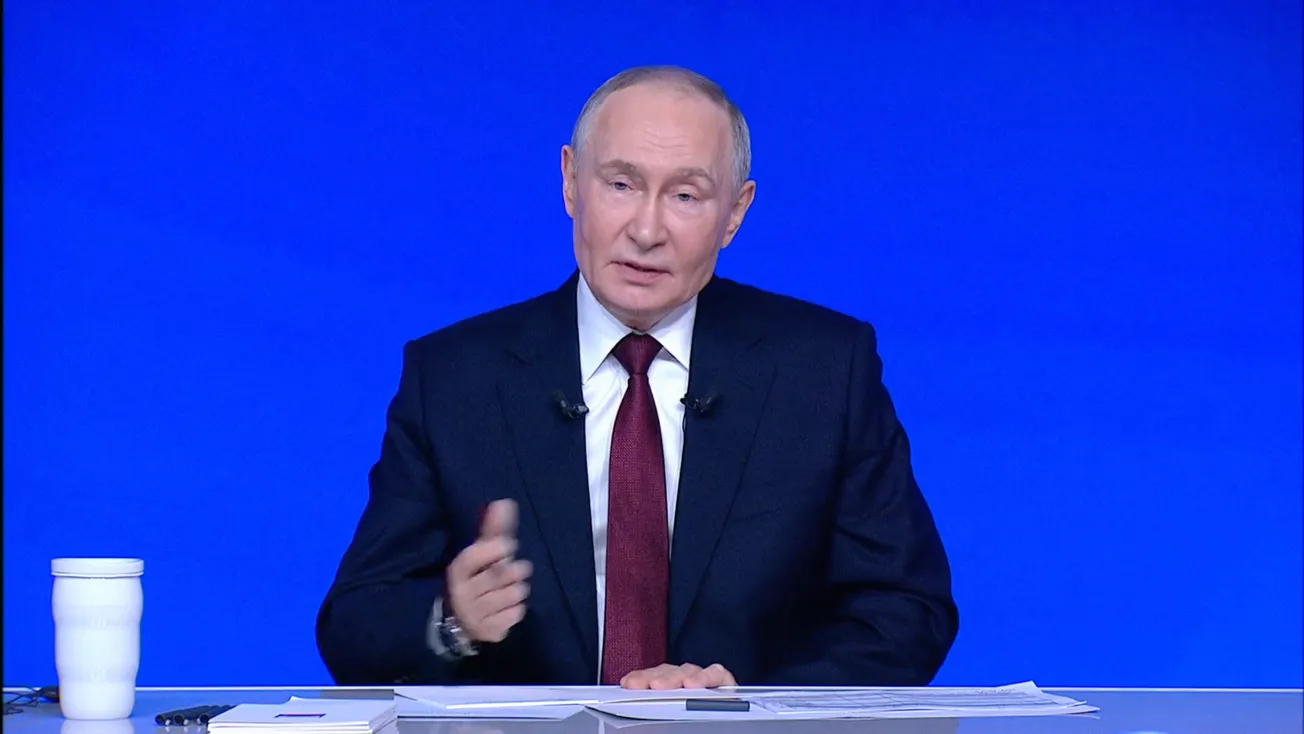With a joint EU-NATO declaration signed by EU Commission President Ursula von der Leyen, NATO Secretary General Jens Stoltenberg, and EU Council President Charles Michel in Brussels yesterday, NATO and the EU have moved one step further towards melting into one another. The 14-point joint statement describes Russia’s “brutal” aggression as the main threat, followed by China’s “growing assertiveness.” (https://www.nato.int/cps/en/natohq/official_texts_210549.htm )
“Authoritarian actors challenge our interests, values and democratic principles using multiple means—political, economic, technological and military,” the declaration says.
Point #12 defines the global nature of the geopolitical alliance: “As the security threats and challenges we are confronted with are evolving in scope and magnitude, we will take our partnership to the next level on the basis of our long-standing cooperation. We will further strengthen our cooperation in existing areas, and expand and deepen our cooperation to address in particular the growing geostrategic competition, resilience issues, protection of critical infrastructures, emerging and disruptive technologies, space, the security implications of climate change, as well as foreign information manipulation and interference.”
Point #13 calls for EU member countries that are not members of NATO to be involved. Thus, Sweden and Finland, as well as Austria, Cyprus, Ireland and Malta, are automatically being enrolled in NATO, independent whether they want it or not, or whether their Parliaments have voted on it. In the case of Sweden, the current veto raised by Turkiye will be worthless: “We encourage the fullest possible involvement of the NATO Allies that are not members of the EU in its initiatives. We encourage the fullest possible involvement of the EU members that are not part of the Alliance in its initiatives.” (See Documentation for the full text.)


